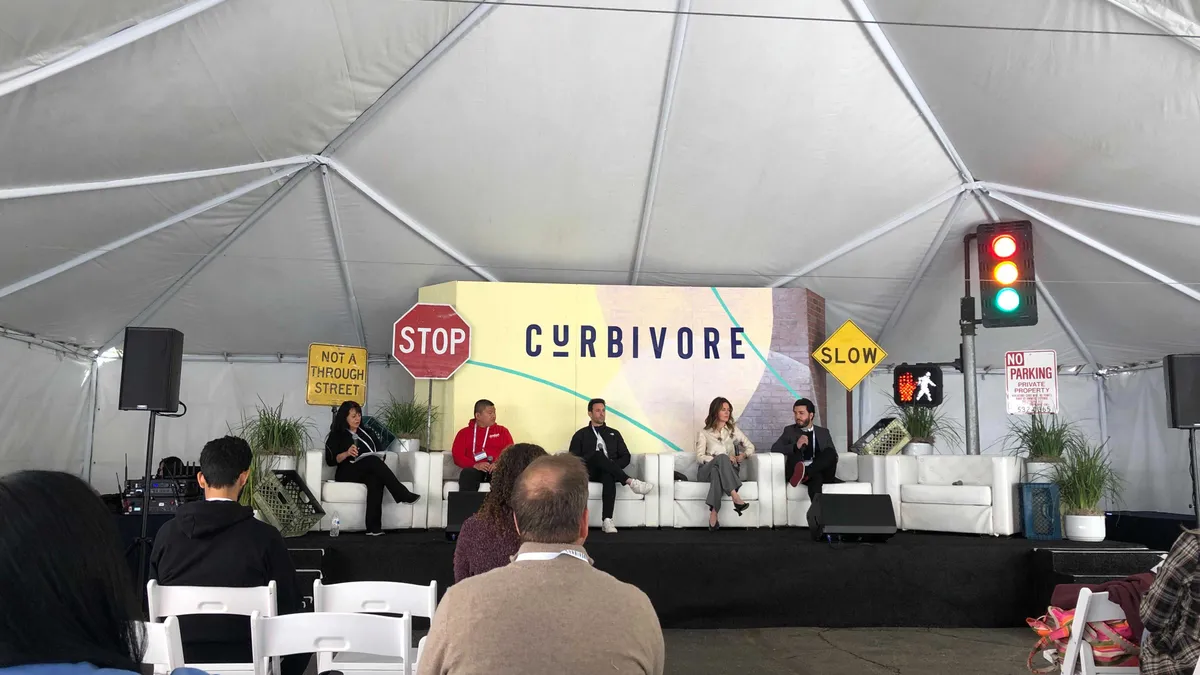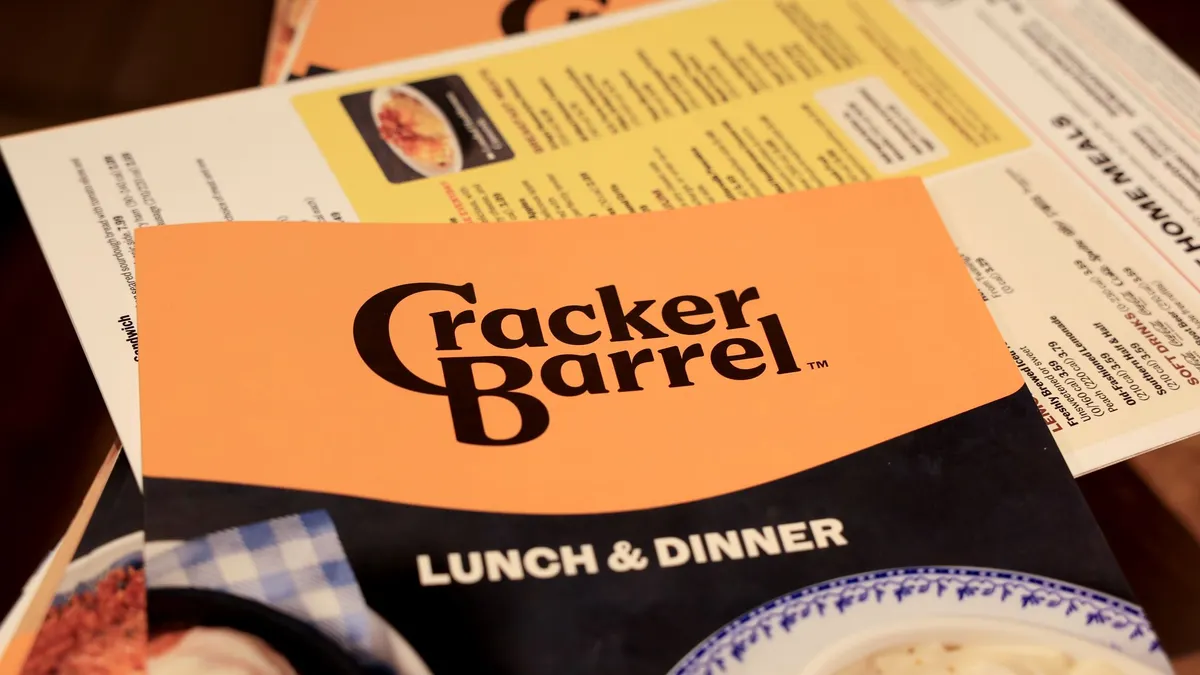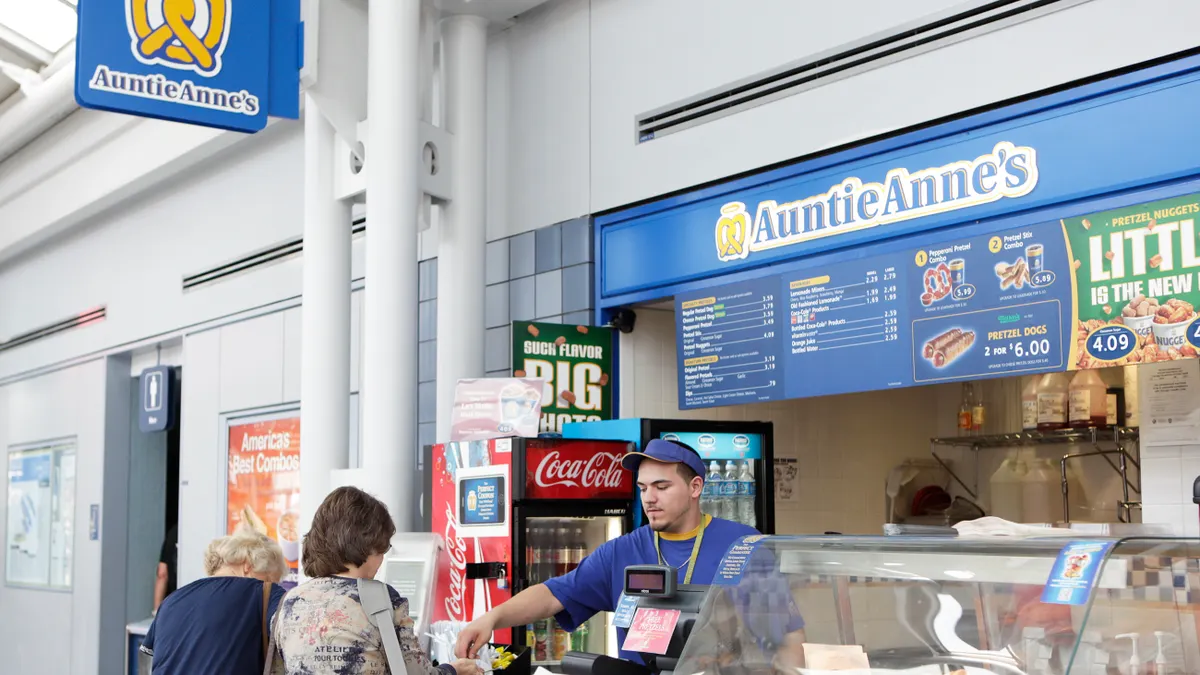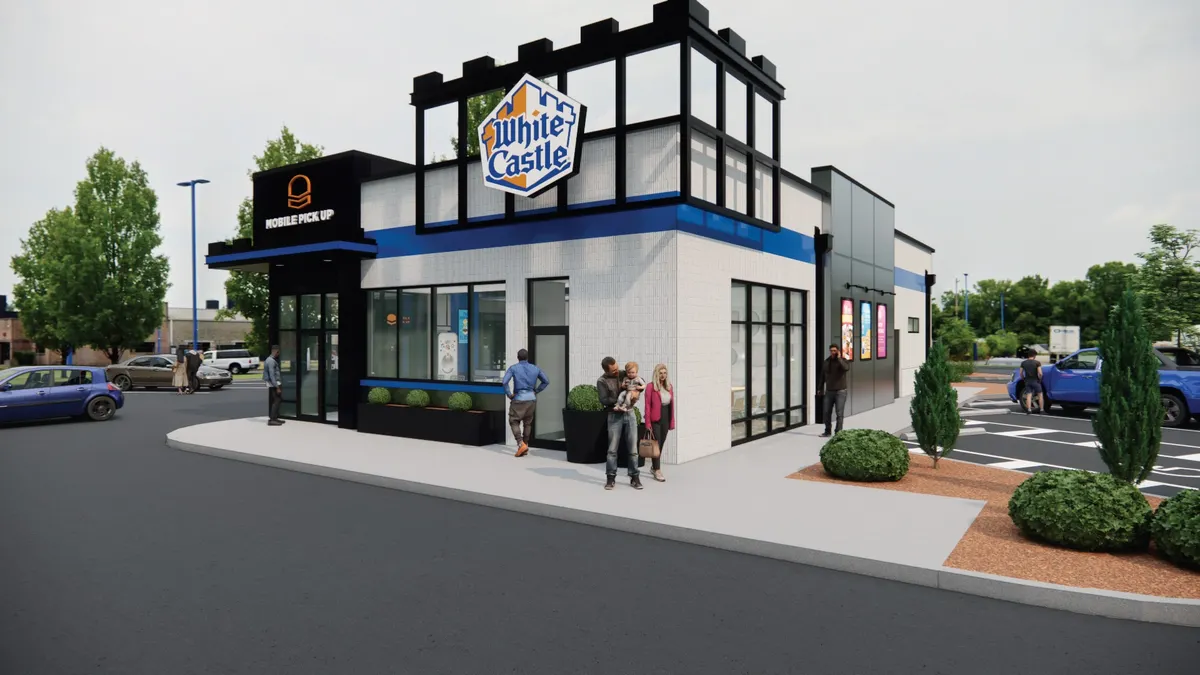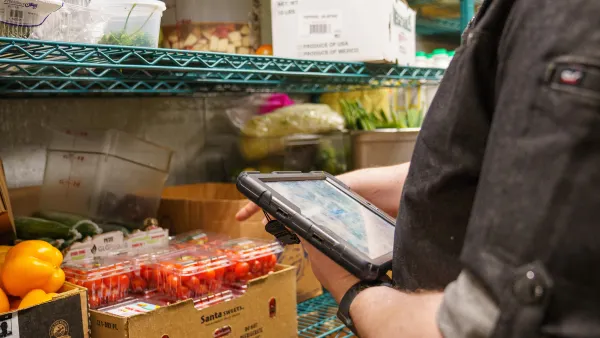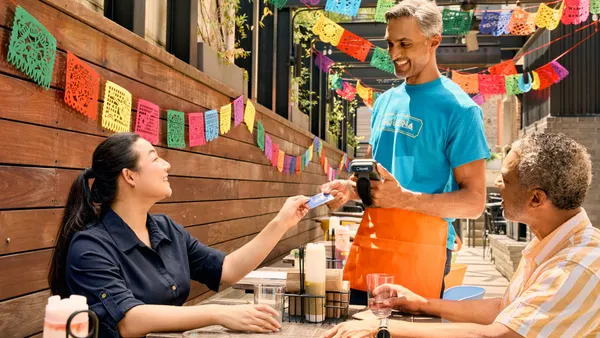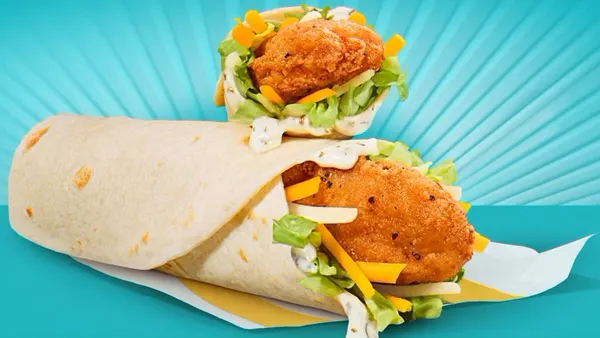Sweetfin and Stellar Pizza are confident that robots pose long-term cost savings opportunities for restaurants, the companies said at Curbivore earlier this month.
“We’re really investing and building our tech stack … to be as efficient as possible in the confines of our small footprints, which allows us as operators to be a little bit better in terms of controlling our costs with labor, occupancy costs and all other inputs associated with our business,” Seth Cohen, co-founder and president of Sweetfin, said during a Curbivore panel.
The 18-unit poke bowl chain uses sidewalk delivery robots to fulfill all of its first-party delivery orders for its Santa Monica and Westwood, California locations. The efficiency of this fulfillment model is key for the quality and safety of food like poke, which is temperature- and time-sensitive, Cohen said.
Stellar Pizza’s robots aren’t consumer-facing — the company uses a robotics-enabled truck to fully cook 12-inch pizzas in four and a half minutes, co-founder and CEO Benson Tsai said on the panel.
Robotic claws inside the truck pick up raw pizza dough balls from a refrigerated chamber (which holds 420 dough balls) and move them to a dough press machine. Then, the dough enters the truck’s topping line, where sauce, cheese, and up to 10 different toppings can be robotically dispensed on top. For pepperoni distribution, a small saw cuts fresh slices of pepperoni from 19 pepperoni logs and drops 19 slices of pepperoni at once on pizzas below, Tsai said.
“Our long-term goal is to have pizzas being made while they’re being driven to your house to just cut out all of the inefficiencies of the [delivery] system,” Tsai said. “We’re a labor-light, real-estate light version of a restaurant.”
Both companies shared how their respective technologies improve efficiency and customer experience and protect their bottom lines, despite industry concerns over the cost of robotics.
Sweetfin uses delivery bots for first-party orders
Sweetfin has partnered with Coco Delivery, a food delivery robot company that also works with Main Chick Hot Chicken, Kitchen United Mix and Jinya Ramen Bar, to “deliver as efficiently as possible,” Cohen said.
“We're able to park these robots outside of our restaurants, the moment the [food] bag is sealed and stapled, we're able to drop the product directly in the robot,” Cohen said. “Instead of having a 45-minute delivery wait time … where a courier is dispatching multiple orders at once… [food with] the robot is being delivered within two miles under 15 minutes.”
This speedy delivery fulfillment, Cohen said, is driving increased Sweetfin orders. Robots help the cost structure of first-party delivery “make a lot more sense,” he added, because they significantly lower Sweetfin’s costs per delivery order since humans aren’t being paid to move these orders.
“We’re not on third-party apps utilizing the service, so there’s no increase in markup,” he said. “The customer is not having to pay [a] tip, they’re not having to pay delivery fees … so it’s really a win-win for the consumer and the business.”
This value proposition is competitive, Cohen said, because it offers consumers a faster, cheaper delivery experience with a higher-quality end product.
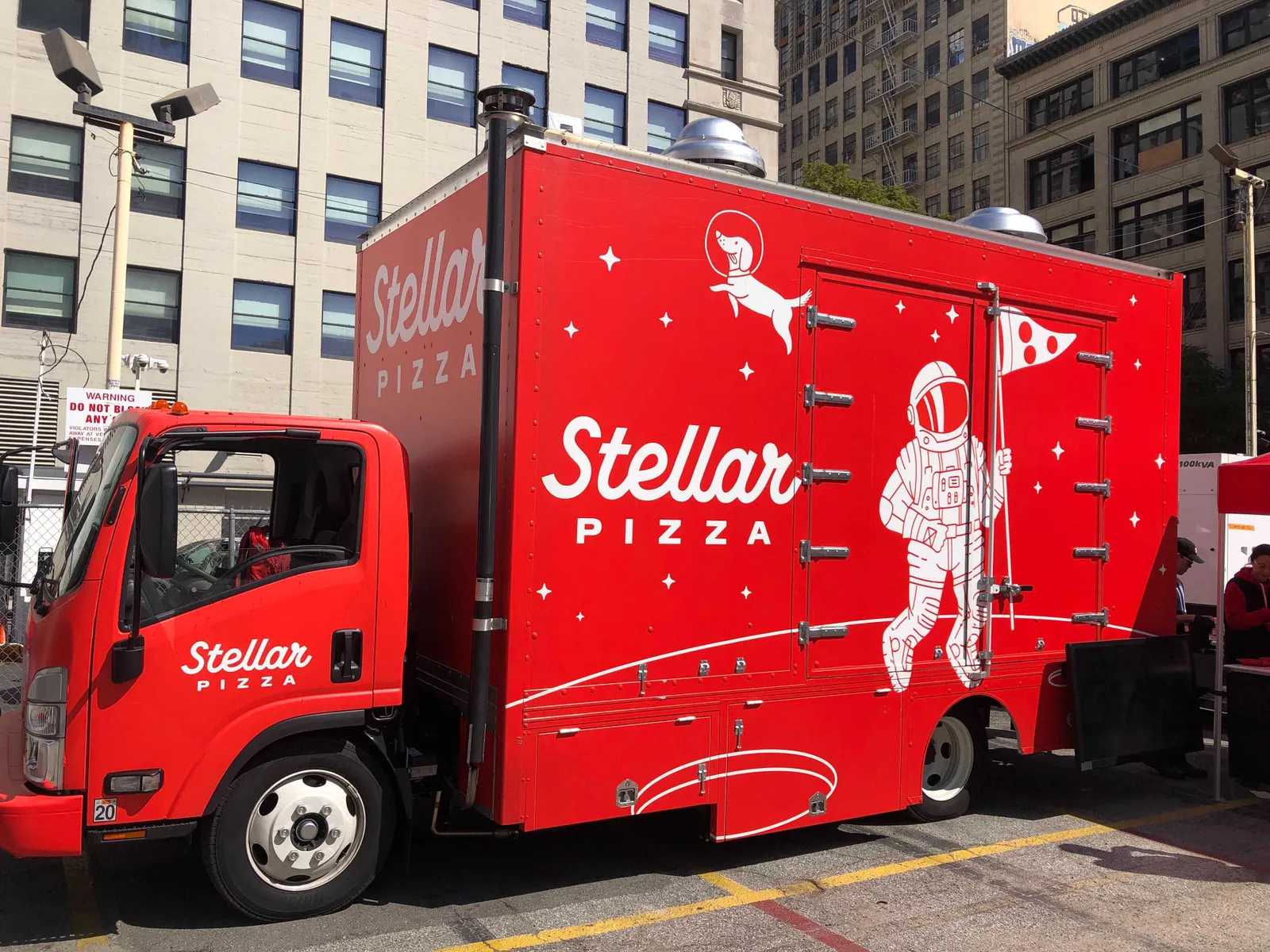
Stellar Pizza’s robots keep menu costs low
Benson Tsai, CEO and co-founder of Stellar Pizza, left his job as a senior battery engineer at SpaceX in 2014 to use his technology background to “address the problems of affordability” and inefficiency in food delivery and production, he said on a Curbivore panel.
After launching in 2019, Stellar Pizza snagged $16.5 million last year in a funding round backed by Jay-Z’s Marcy Venture Partners following an earlier $9 million investment round.
Currently, the company is focused on pickup service, but Tsai said he is open to the idea of exploring delivery bots in the future. Stellar Pizza’s truck operates at University of Southern California, but aims to open at college campuses across Los Angeles, he said.
Though robotics and technology “can come off as very, very expensive” to restaurant operators, Stellar Pizza developed all of its pizza truck technology in-house, including its electronics, software and point-of-sales system, Tsai said. This level of ownership allows the company to quickly respond to customer feedback and fix any issues with its robotics.
The truck, which costs around $300,000, records its makeline process on video. At Curbivore, conference attendees could watch their pizzas being made on a screen beside the truck, with cameras recording different stages of the production line. Sensors check for topping placement and for pizza quality, Bloomberg reports, and pies are moved from the production line to the trash if they don’t measure up. Tsai told the publication that the pizza failure rate is near zero, however. Successful pies are assigned identification numbers and QR codes that can be referred back to if a consumer has a complaint, the publication reports.
This production line only requires one human employee to man it, though Stellar Pizza employs two workers at the truck to manage bathroom breaks, Tsai said. The trucks’ minimal labor costs, mostly to transfer cooked pizzas to boxes, allows Stellar Pizza to keep the prices of its 12-inch pies low, he said, selling cheese pizza for $7.95 and pepperoni pizza for $8.95.
“We have a magic box that makes pizza and my challenge is to figure out what are the steps necessary to make this a successful business, a successful brand? The world is our oyster right now,” he said.



